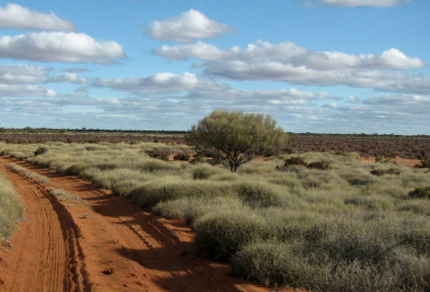Western Australia, Day 16
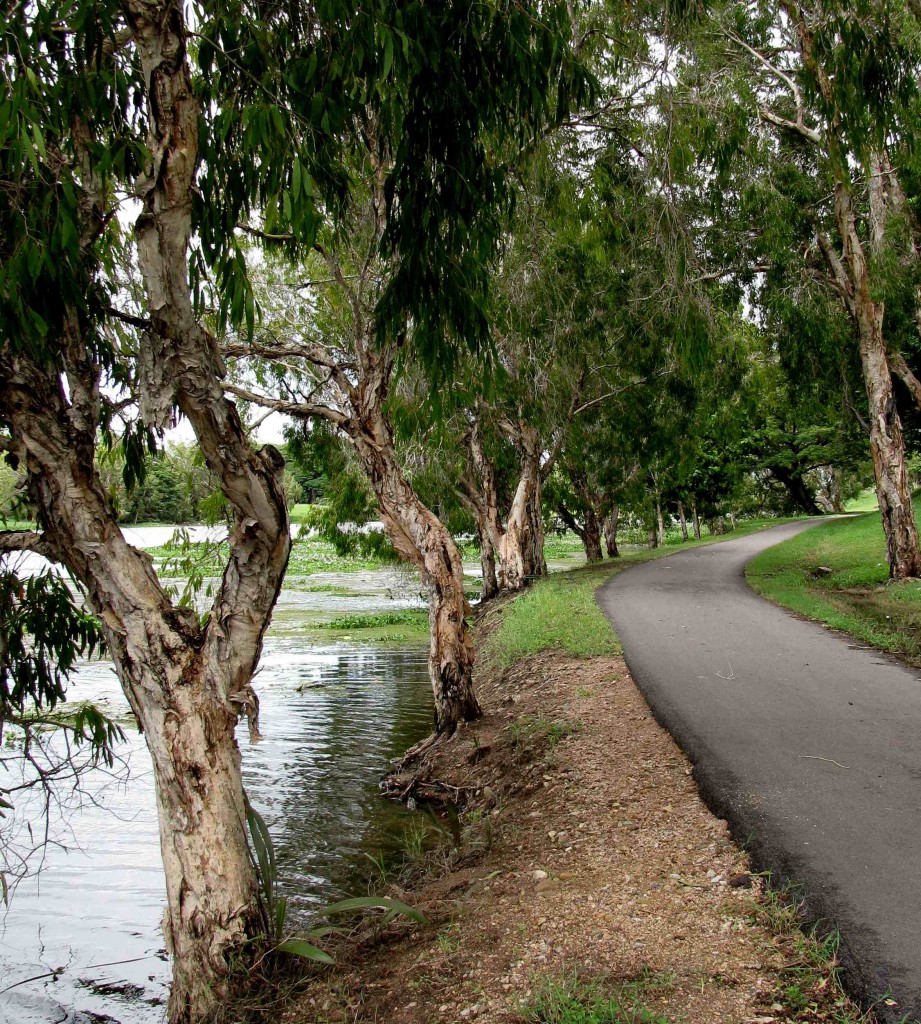
Townsville: In midmorning, while en route to the Aitkenvale branch of the city library, I cycled past a row of paperbark trees alongside the Ross River. Trunks of some of the paperbarks leaned out over the water, the trees’ vertically-hanging leaves brushing its surface.
In the library, I stumbled across a slim book titled A Guide to Traditional Aboriginal Rainforest Plant Use, in which one of the plants featured was the paperbark or buyku. Traditionally, the bark of the buyku was used to construct roofs for shelters, to make mats, vessels for water, and liners for baby baskets.1 Tips for identifying the tree (Melaleuca leucadendra) included references to its white, papery bark, its elongated leaves that smell like passionfruit when crushed, and its spikes of white flowers that emit a fragrance like that of boiled potatoes.1
Other plants described in the book provide food, such as the blue fruits of the janbal or silver quandong2, or the crown shaft of the kunjarri or Alexandra palm.3 The sap of the kuray kuray or milky pine is used to stun fish so they may be easily caught.4 Medicinally, the powdered kernels or urine-boiled stalks of marra or Queensland cycad can be used to treat injuries, particularly spear wounds.5 Some sage advice was offered along with this last information: “Don’t get speared.”5
Western Australia: On Cunyu, the research crew encountered different vegetation types including spinifex grassland, saltbush plains, acacia shrubland, open mulga woodland, and copses of taller acacias or gums. One particularly intriguing tree was the red mulga or creekline miniritchie, which possessed red, finely-divided and curling bark that resembled fuzzy hairs.
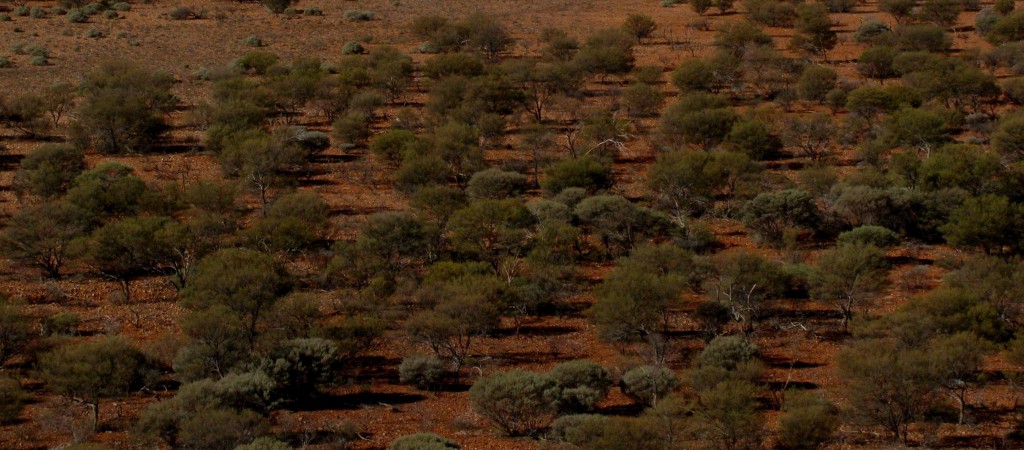
Open Mulga Woodland (© Vilis Nams)

Spinifex Grassland (© Vilis Nams)
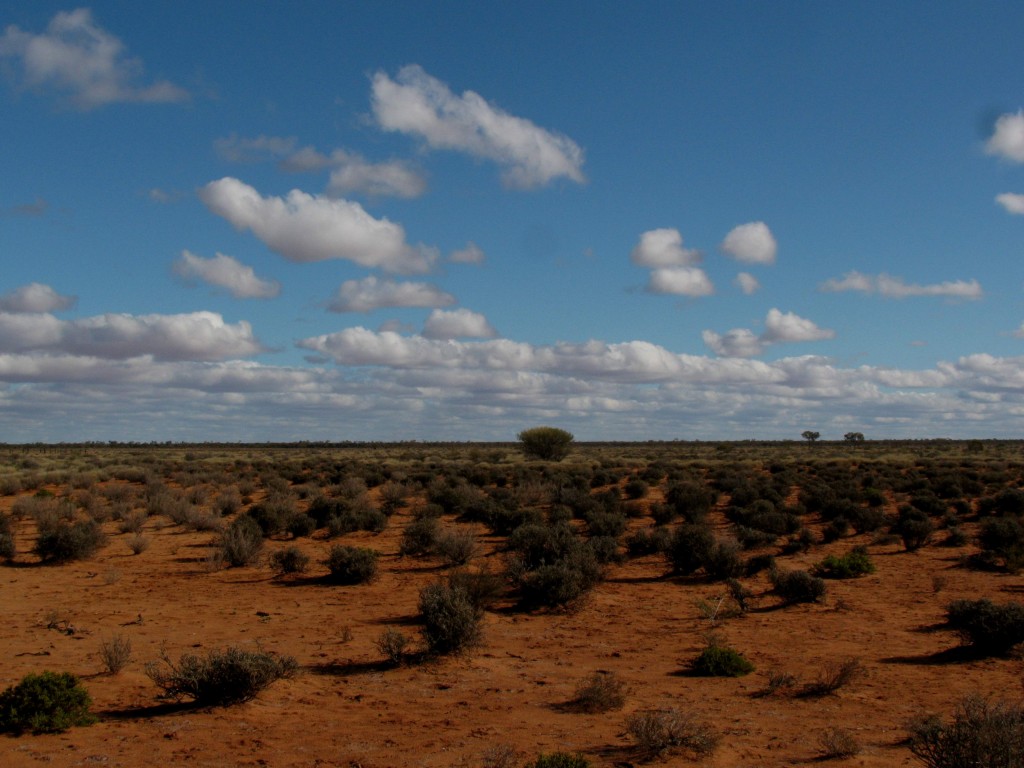
Salt Plain with Saltbush (© Vilis Nams)
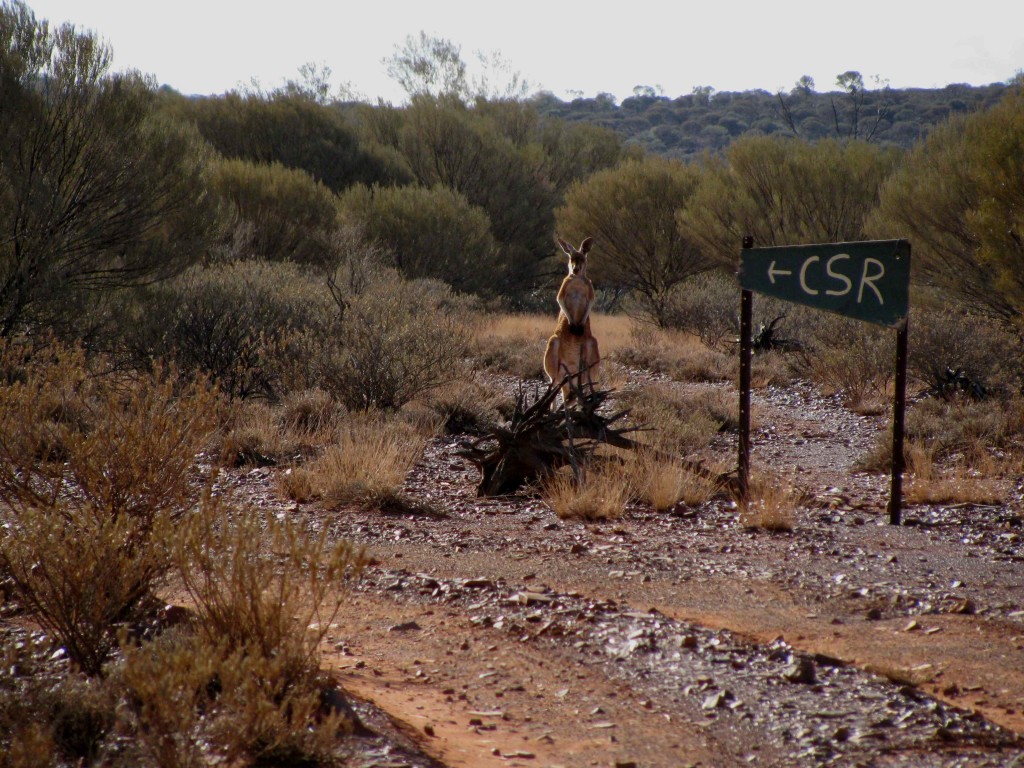
Red Kangaroo in Acacia Shrubland beside the Canning Stock Route (which ran through Cunyu) (© Vilis Nams)

Janis in Desert Gum (© Vilis Nams)
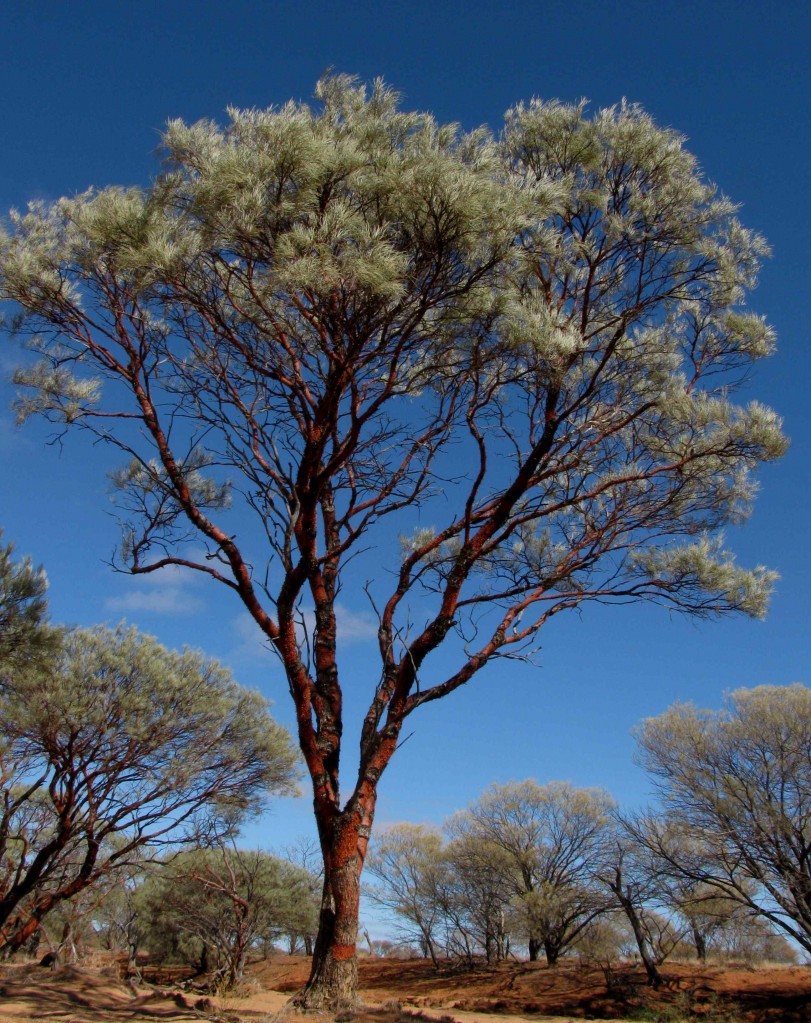
Red Mulga (© Vilis Nams)
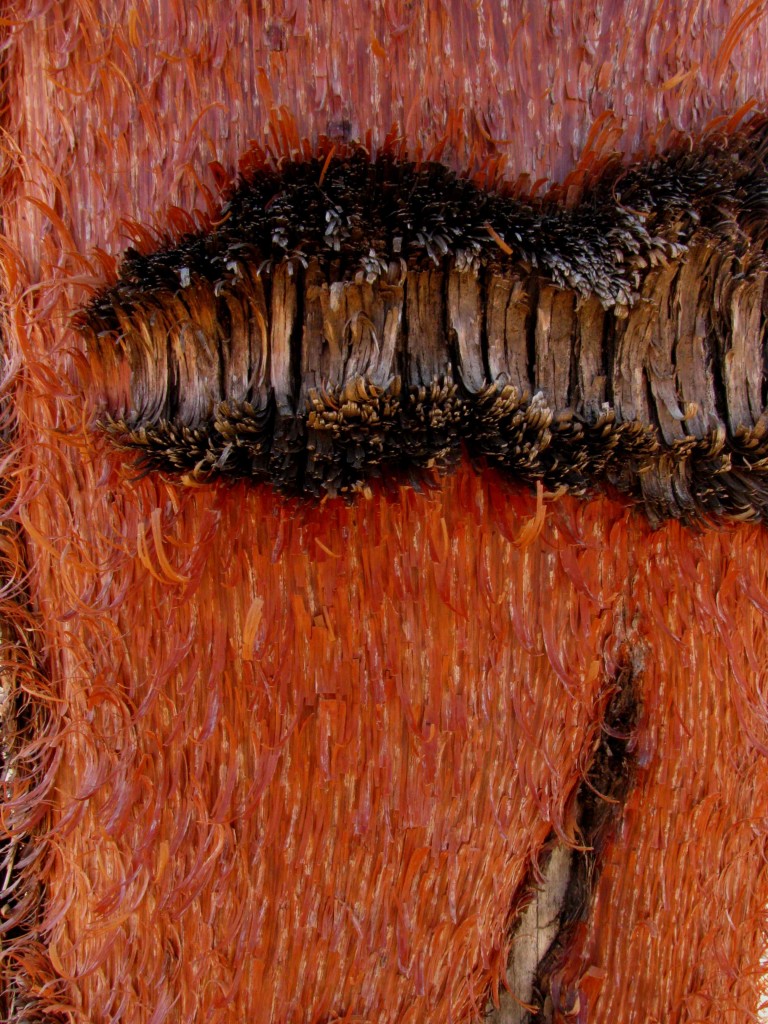
Red Mulga Bark (© Vilis Nams)
Reference:
1. John Roberts, Colin (CJ) Fisher, and Roy Gibson. A Guide To Traditional Aboriginal Rainforest Plant Use. 1995. Bamanga Bubu Ngadimunku Inc., Mossman, Queensland. p. 12.; 2. Ibid, p. 18; 3. Ibid, p. 27; 4. Ibid, p. 28; 5. Ibid, p. 29.

